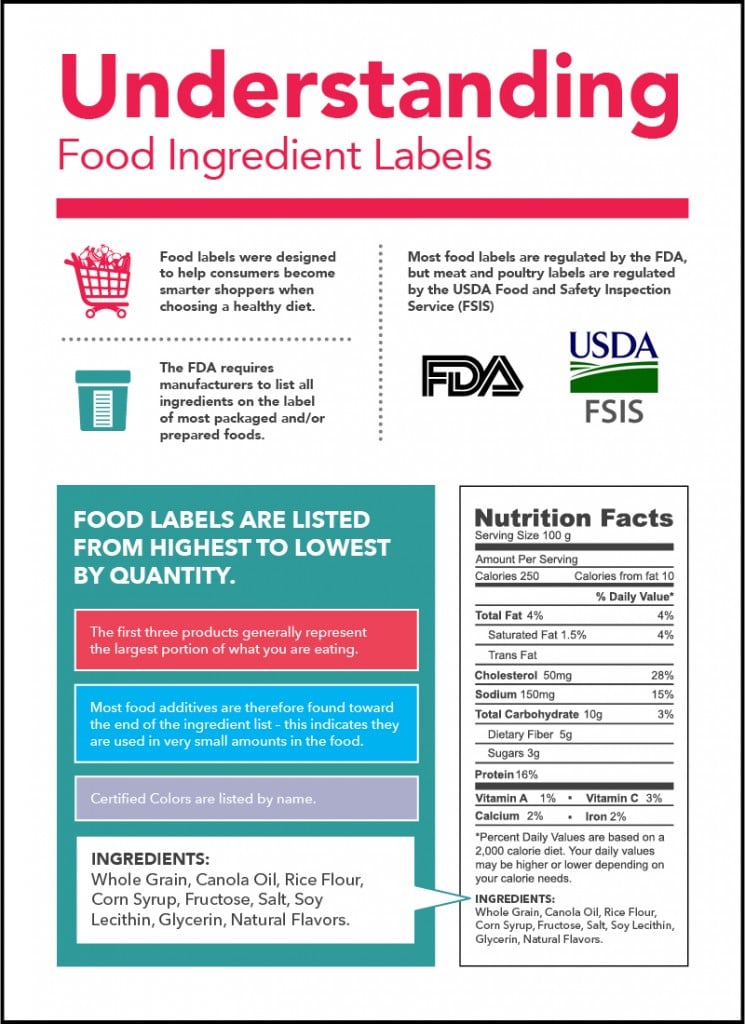
Understanding food labels, including what ingredients and additives are present foods, can seem like a daunting task. Fortunately, the U.S. Food and Drug Administration (FDA) serves as the primary regulatory agency responsible for ensuring the quality and safety of foods and requires that ingredients intentionally added to foods be listed on food labels. In other jurisdictions, like the European Union, ingredients are listed by name, functional class and specific name or designated E number. For additional information on the classification of additives and their function, click here.
All ingredients listed on food labels are approved for use by the FDA or have been determined to be ‘generally recognized as safe’ by qualified experts familiar with the scientific evidence supporting their safety and intended use in foods. Most importantly, many of the ingredients on food labels ensure the safety, convenience, affordability, taste, and nutritional benefits of the foods in which they are used.
Food labels are required to list all ingredients contained in the food in descending order based on the amount found in the final product. Most food additives are therefore found toward the end of the ingredient list. This indicates they are used in very small amounts in the food, generally less than two percent of the product. These ingredients may be used at very low levels, but they have a big impact on the overall food. For anyone with questions about what is in their food, all they have to do is check the label.

